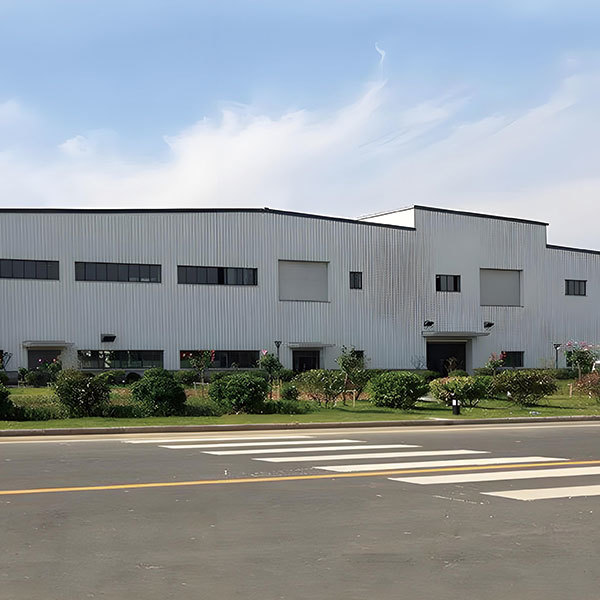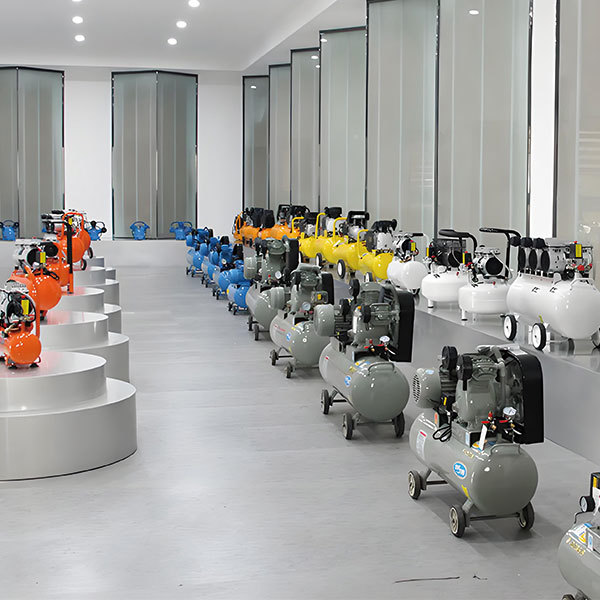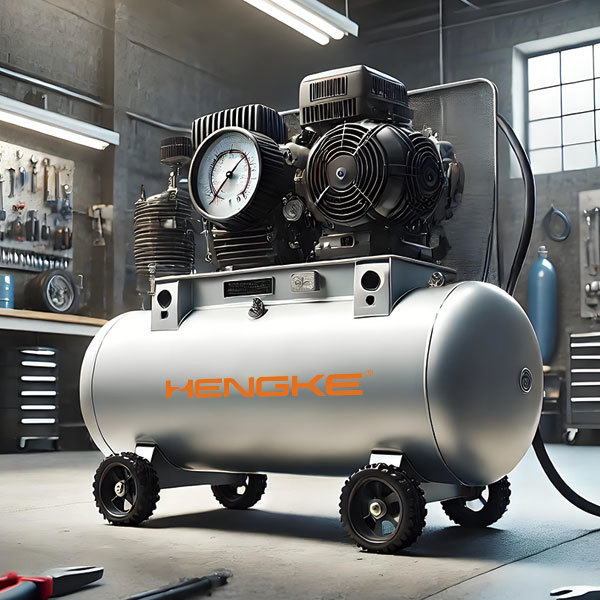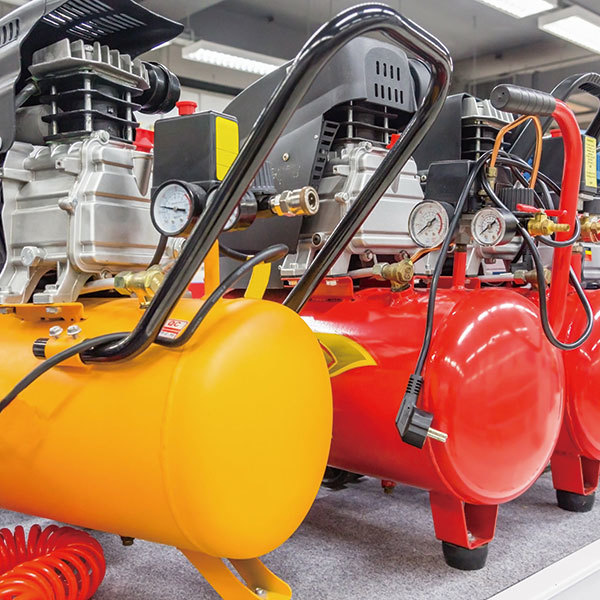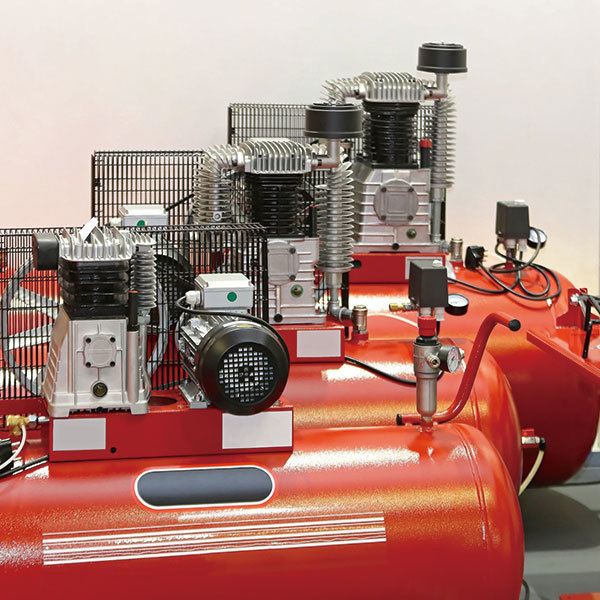Blog
Understanding Piston Rings: Key Components for Engine Efficiency
2025-02-24
Piston rings are essential components located in the grooves of a piston within an engine cylinder. Their primary functions include sealing the combustion chamber, controlling oil consumption, and facilitating heat transfer away from the piston. A well-functioning piston ring is critical for maintaining engine efficiency and performance.
There are typically three types of piston rings: compression rings, oil control rings, and scraper rings. Compression rings are located at the top and are responsible for sealing the combustion chamber, preventing the escape of gases during combustion. This sealing is vital for maintaining engine power and efficiency, as leakage can lead to decreased performance and increased fuel consumption.
Oil control rings, situated below the compression rings, play a crucial role in regulating the amount of oil that reaches the combustion chamber. They scrape excess oil off the cylinder walls, ensuring that only the necessary amount of lubrication is available, which helps in preventing oil fouling and maintaining optimal engine performance.
Scraper rings, though less common, can also be used to enhance oil control. They assist in removing oil from the piston’s surface before it enters the combustion chamber, further ensuring that the engine runs smoothly and efficiently.
Proper maintenance of piston rings is vital for the overall health of an engine. Over time, piston rings can wear out due to constant friction and exposure to high temperatures, leading to decreased sealing ability and increased oil consumption. Regular engine check-ups and timely replacement of worn piston rings can significantly extend engine life and performance.
Engine professionals should also be aware of the signs of failing piston rings. Symptoms such as increased oil consumption, excessive exhaust smoke, or loss of power can indicate that the piston rings may require inspection or replacement.
In conclusion, understanding the significance and functionality of piston rings is essential for automotive professionals. These components not only contribute to the engine’s efficiency but also play a vital role in its longevity. By ensuring that piston rings are in good condition and functioning properly, one can enhance overall engine performance, reduce maintenance costs, and improve vehicle reliability. It’s crucial to stay informed about the types and maintenance practices for piston rings to achieve the best results in engine management.
There are typically three types of piston rings: compression rings, oil control rings, and scraper rings. Compression rings are located at the top and are responsible for sealing the combustion chamber, preventing the escape of gases during combustion. This sealing is vital for maintaining engine power and efficiency, as leakage can lead to decreased performance and increased fuel consumption.
Oil control rings, situated below the compression rings, play a crucial role in regulating the amount of oil that reaches the combustion chamber. They scrape excess oil off the cylinder walls, ensuring that only the necessary amount of lubrication is available, which helps in preventing oil fouling and maintaining optimal engine performance.
Scraper rings, though less common, can also be used to enhance oil control. They assist in removing oil from the piston’s surface before it enters the combustion chamber, further ensuring that the engine runs smoothly and efficiently.
Proper maintenance of piston rings is vital for the overall health of an engine. Over time, piston rings can wear out due to constant friction and exposure to high temperatures, leading to decreased sealing ability and increased oil consumption. Regular engine check-ups and timely replacement of worn piston rings can significantly extend engine life and performance.
Engine professionals should also be aware of the signs of failing piston rings. Symptoms such as increased oil consumption, excessive exhaust smoke, or loss of power can indicate that the piston rings may require inspection or replacement.
In conclusion, understanding the significance and functionality of piston rings is essential for automotive professionals. These components not only contribute to the engine’s efficiency but also play a vital role in its longevity. By ensuring that piston rings are in good condition and functioning properly, one can enhance overall engine performance, reduce maintenance costs, and improve vehicle reliability. It’s crucial to stay informed about the types and maintenance practices for piston rings to achieve the best results in engine management.

